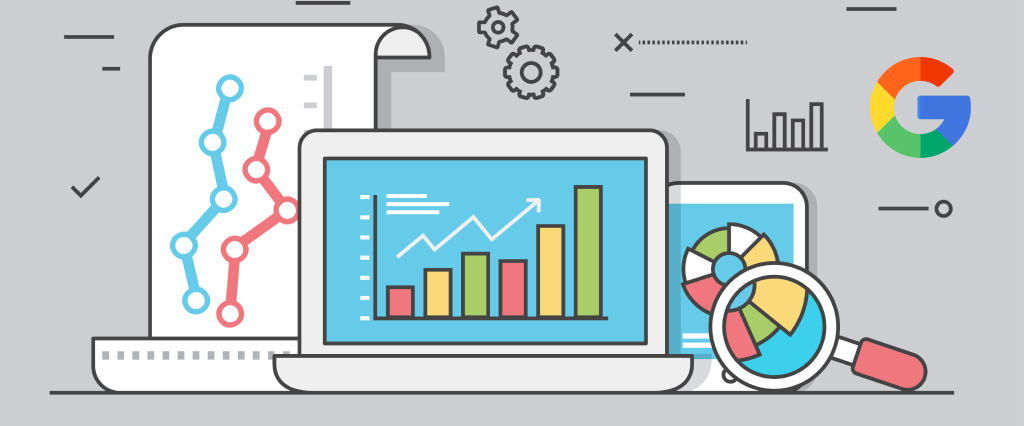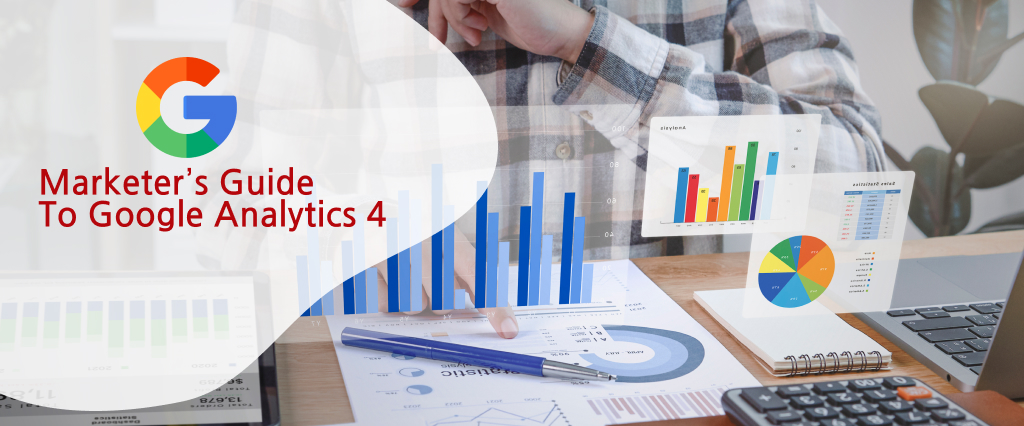Businesses rely on data-driven insights to make well-informed decisions in the rapidly evolving digital ecosystem of today. However, navigating through large volumes of analytics data can be overwhelming, even for experienced marketers. Google is changing this scenario by integrating AI-powered features into Google Analytics, making it easier than ever to talk to your data. This innovation allows users to interact with analytics in a conversational way, transforming how businesses understand and act on insights.
The Power of Conversational Analytics
Traditionally, interpreting analytics required a deep understanding of dashboards, filters, and metrics. With the new AI-powered tools, Google is introducing conversational analytics, allowing users to ask simple, natural language questions like “What was my website’s traffic last month?” or “Which campaigns brought the highest conversions?” and get instant, clear answers. This removes the need to rely only on technical competence or sift through several reports.
By enabling natural language queries, Google is bridging the gap between complex data sets and actionable business insights. This means even non-technical team members can quickly extract valuable information and make data-driven decisions without waiting for detailed reports from analysts.
How AI Transforms the Google Analytics Experience
AI in Google Analytics is not just about answering questions; it’s about understanding the intent behind user queries. The platform uses advanced machine learning to analyze data patterns, identify trends, and provide predictive insights. For example, instead of just reporting the number of visitors, AI can highlight sudden traffic spikes, potential anomalies, or forecast future performance based on historical trends.
This shift towards proactive analytics means businesses can move beyond looking at what happened to predicting what might happen next. By integrating AI, Google Analytics becomes more intuitive, offering insights that help marketers fine-tune strategies for better outcomes.
A Game-Changer for Marketers and Businesses
The new AI features make Google Analytics more accessible and efficient. Small business owners, marketers, and decision-makers can now interact with their data as if they are having a conversation. This simplifies complex reporting and saves time, allowing professionals to focus on creating impactful campaigns rather than wrestling with data interpretation.
Additionally, the AI-driven approach helps uncover hidden insights that may otherwise go unnoticed. For instance, the system might alert a marketer about a particular product that is performing unexpectedly well in a specific region, enabling quick actions to capitalize on opportunities.
The Future of Data Analysis with AI
Google’s move to enhance Analytics with AI reflects the broader trend of conversational AI shaping digital tools. As AI continues to evolve, we can expect even deeper integrations, where the platform not only answers questions but also suggests actions, automates routine reporting, and generates insights tailored to business goals.
This future-focused approach ensures that companies of all sizes can harness the power of analytics without being bogged down by its complexity. By reducing the learning curve, AI makes advanced data analysis accessible to everyone.










